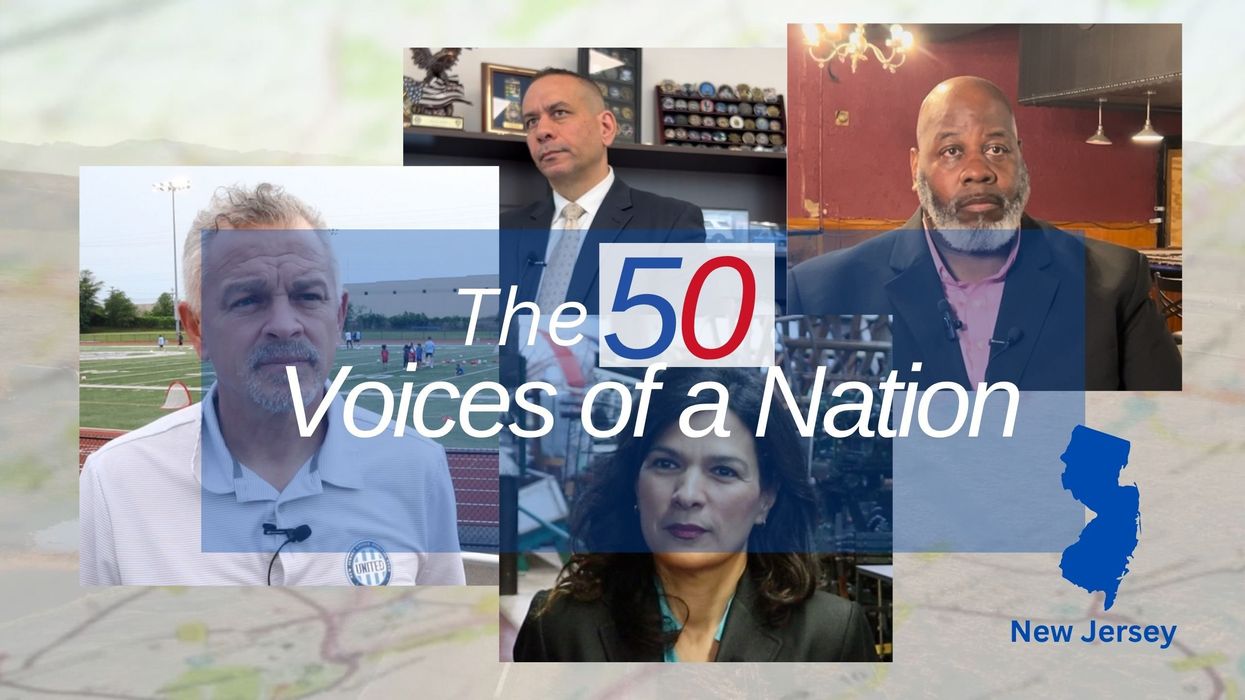Sugrue is vice president of research at the Latino Policy Forum.
The Fulcrum presents We the People, a series elevating the voices and visibility of the persons most affected by the decisions of elected officials. In this first installment, we explore the motivations of over 36 million eligible Latino voters as they prepare to make their voices heard in November.
Nationally, the 2024 presidential election is a tight race, both because of and despite the increased support and enthusiasm for Democratic nominee Kamala Harris and her running mate, Tim Walz.
One demographic group garnering growing attention for how it might sway votes and influence election outcomes everywhere, not just in swing states, is Latinos, the fastest-growing demographic group. They are ethnically diverse and tend to be young and native-born. To say that Latinos can influence or even determine election outcomes only begins to illuminate the power of the Latino vote.
The national data on eligible Latino voters is striking. This November, 36.2 million Latinos will be eligible to vote, a 153 percent increase from 2000. And every 30 seconds, a Latino in the United States turns 18 and is eligible to vote — translating to about 900,000 newly eligible voters per year, a pattern that is projected to continue for the foreseeable future.
Latinos are a young population — younger than other racial/ethnic groups and younger than the overall U.S. population. In 2024, nearly one-third of eligible Latino voters are between 18 and 29. This is in sharp contrast to the 21 percent of the total eligible voters who are under the age of 30. Even more salient: Two-thirds of eligible Latino voters are under the age of 50. For the U.S., eligible voters under 50 represent just over half of all voters.
However, Latino voter turnout has been low. In 2020, about 54 percent of eligible Latino voters turned out, 17 percentage points less than white turnout and 9 points less than Black turnout.
While considerable attention and effort are aimed at getting Latinos registered, both major parties and all candidates face the challenge of reaching and motivating Latinos to actually vote — and vote for them.
University of New Mexico professor Gabe Sanchez notes that the relationship between young, eligible Latino voters and each political party is “developing.” He vividly illustrates what both parties and all candidates are facing. He notes that in 2022, 68 percent of Latino voters under 30 voted for candidates on the Democratic ticket. But, in 2024, about 37 percent of those young voters reported the Democrats care little about the Latino community, and more than one-third, about 37 percent, believe the Republicans care a great deal about Latinos and the issues that matter to them.
The increasing number of young Latino eligible voters requires that both political parties focus on the political leanings of these people and their relationship to each party. This should be a priority focus for all leading up to the November election, but it must also be a priority after 2024.
The numeric growth of the Latino population, the increasing number of eligible Latino voters, and the reality that neither party has captured the trust or loyalty of this crucial voting bloc means that both parties and all candidates in every state, but most importantly those (e.g., Illinois, New York, Texas, New Mexico) with significant Latino populations and those (e.g., North Carolina and North Dakota) with rapidly increasing Latino populations, need to “speak” to the priorities and challenges of the diverse Latino population.
The Latino voting population potentially holds the keys to municipal, county, state and congressional election results. While it was once thought, and even taken for granted, that Latino support for Democrats was a sure bet, a cursory review of voting patterns shows that the once tightly held assumption is invalid.
In his book “ Latino Century: How America’s Largest Minority is Transforming Democracy, ” Mike Madrid argues that
“Latinos really exist as a multiethnic, aspirational, working-class community. And whichever party can pull all of that together is likely to be the dominant party for the next generation. The working class has been moving away from the Democratic Party for the better part of a decade now - working-class voters - and the working class is dramatically quickly becoming nonwhite. The Latinization of America is the Latinization of the blue-collar, non-college-educated workforce.
“And as Latinos become less of a racial voting bloc and more of an economic voting bloc, Republicans are becoming the beneficiaries of the fastest-growing segment of the electorate.”
The lesson from the data and the analyses is that every candidate in every race — even, perhaps especially so, in the bluest of locales — needs to prioritize and strategize securing the Latino vote. Those who successfully secure that vote will likely enjoy victory in November 2024 and beyond.
____________________________________________________________________________
In the weeks leading to Election Day, The Fulcrum will continue to publish stories from across the country featuring the people who make up the powerful Latino electorate to better understand the hopes and concerns of an often misunderstood, diverse community. We’d like to hear from you please send your questions, comments and ideas to newsroom@fulcrum.us.


















 From left to right: Gabriel Cardona-Fox, Bud Branch, Joe Concienne
From left to right: Gabriel Cardona-Fox, Bud Branch, Joe Concienne 